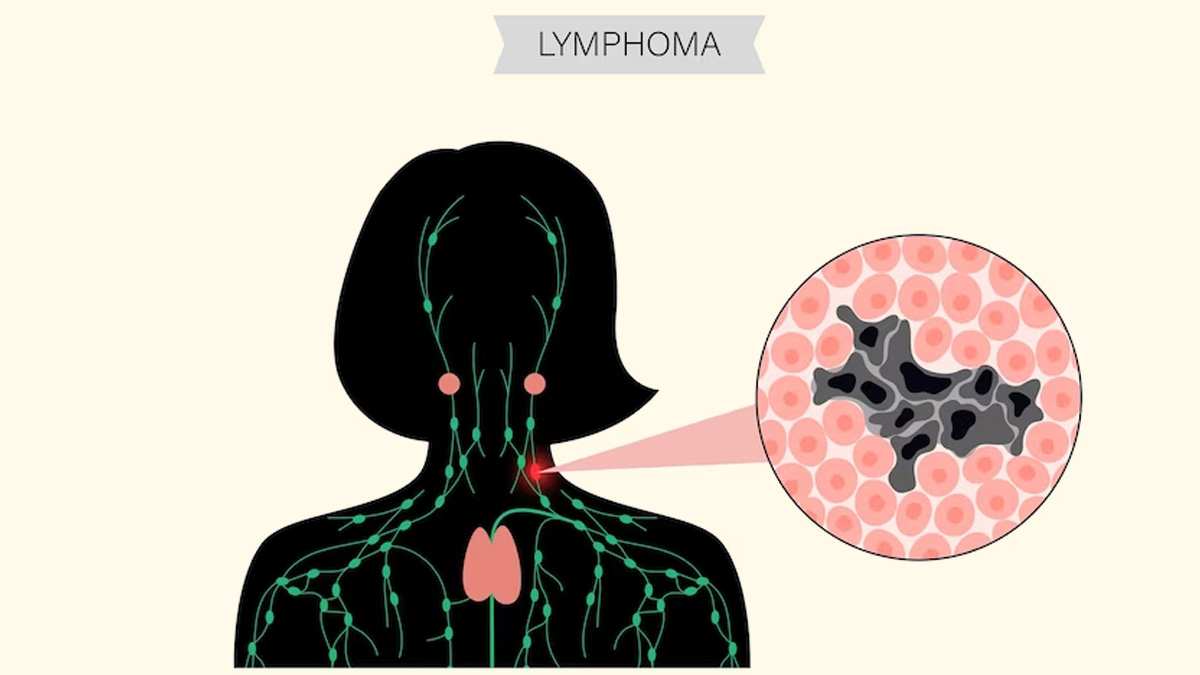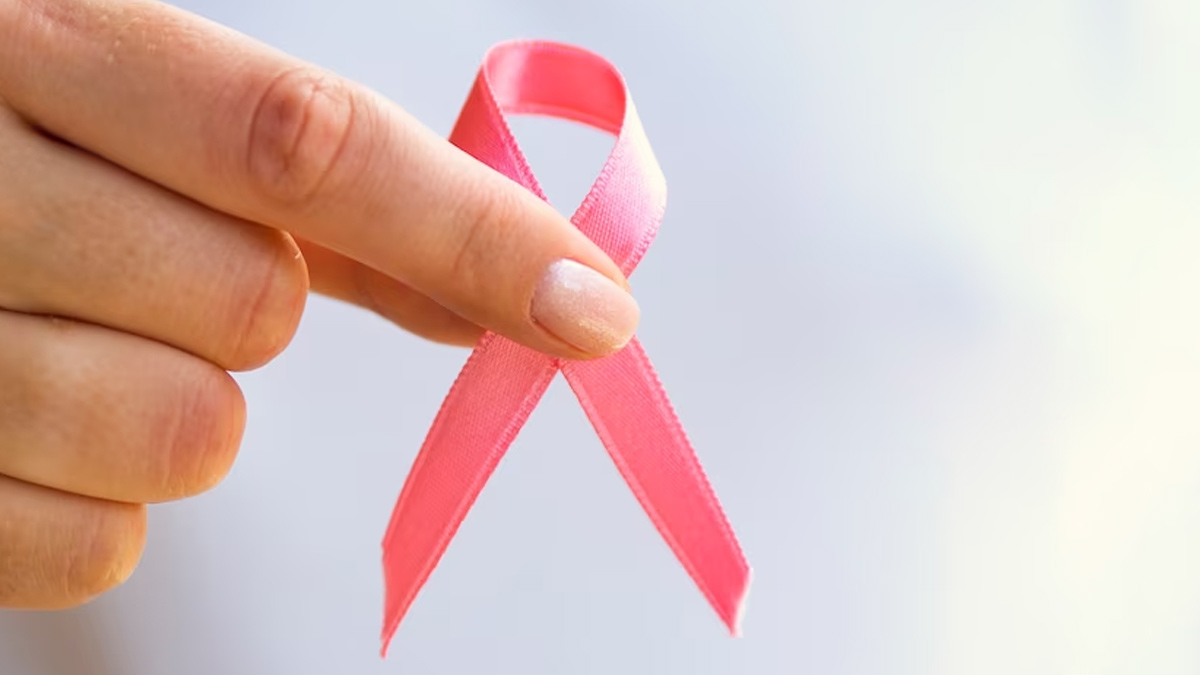
Blood cancer also called Hematological Malignancies is a group of diseases which together affect the blood, lymphatic tissue, and bone marrow. Unlike the other cancers where solid tumours are formed, blood cancer develops in the blood forming tissues of our body. It is necessary to understand the different types of blood cancer so that the entire process of early detection, diagnosis, and treatment can be put into action.
Table of Content:-
According to several media reports, in India people are diagnosed with blood cancer every 5 minutes, and an estimated 70,000 people die from it each year.
To know about different types of blood cancer, OnlyMyHealth reached out to Dr. Vishal Kulkarni, Consultant Medical Oncology HCG NMR Cancer Centre, Hubli, Karnataka.
Types Of Blood Cancers
Leukaemia, lymphoma, and multiple myeloma are some of the most common types of blood cancers. Let us understand each of these types and their symptoms.
Leukaemia
Leukaemia is a type of blood cancer which affects the bone marrow and blood. Leukaemia’s symptoms include the uncontrolled growth of abnormal white blood cells which can outgrow normal healthy cells. This type of cancer has been classified into four different types.

a. Acute Lymphoblastic Leukaemia (ALL): ALL is most common among children but could also affect adults. This cancer specifically targets and affects the lymphocytes, a type of white blood cells. Some of the symptoms experienced are easy bleeding or bruising, frequent infections, and fatigue.
Also read: Risk of Blood Cancer Is Higher In Children With Down Syndrome: Study
b. Acute Myeloid Leukaemia (AML): AML mainly targets and affects the myeloid cells, which It affects people irrespective of their ages. Some of the symptoms are fatigue, anaemia, and elevated risk of infections.
c. Chronic Lymphocytic Leukaemia (CLL): In this form of cancer, the B-lymphocytes are targeted. B-lymphocytes are a type of white blood cell. This cancer progresses slowly and affects the older population. Certain symptoms exhibited are fatigue, enlarged lymph nodes and increased risk of infections.
d. Chronic Myeloid Leukaemia (CML): Chronic Myeloid Leukaemia typically affects myeloid cells and is evident through a genetic abnormality called Philadelphia chromosome. This cancer progresses through three stages: chronic, accelerated, and blast crisis. Some of the symptoms manifested are fatigue, abdominal discomfort and enlarged spleen.
Lymphoma
This form of blood cancer affects the lymphatic system which consists of the lymph nodes, the spleen, and the bone marrow. This is further divided into two forms.
a. Hodgkin Lymphoma (HL): The presence of Reed Sternberg cells which is a specific type of abnormal cell is a characteristic of classical Hodgkin Lymphoma. It is most common among young adults. Some of the Symptoms include fever, night sweats, unexplained weight loss, and swollen lymph nodes.
b. Non- Hodgkin Lymphoma (NHL): Non- Hodgkin Lymphoma is combination of lymphomas, which have their unique symptoms. NHL can affect people irrespective of their age groups. Swollen lymph nodes, fatigue and many other symptoms manifest based on the subtype.
Multiple Myeloma
Multiple Myeloma occurs in plasma cells, a type of white blood cell which is responsible for the production of antibodies. As the cancerous plasma cells multiply uncontrollably, they interfere with the normal blood cells and lead to several other complications. The symptoms which manifest are bone pain, anaemia, kidney problems, and frequent infections.

Each kind of blood cancer requires a different strategy to diagnose and treat. Knowing the different types of Hematological malignancies and the symptoms that go along with it is essential for a better prognosis.
For each of these Hematological Malignancies types, various treatment options are feasible. Most of these blood cancers are treated with Chemotherapy, Radiation Therapy, and Immunotherapy. In cases of Leukaemia and Lymphoma, stem cell transplants are also one of the options for treatment.
There are no specific known preventive measures for blood cancer. Here are some general preventive measures which could be followed to prevent cancer in general.
By exercising regularly, maintaining healthy weight, and consuming a healthy diet can boost overall health. Certain infections like human -T lymphotropic virus, HIV,HBSAG,HCV, Epstein-barr virus are associated with Hematological Malignancies. One must ensure to avoid exposure to such risky infections to prevent increased risk of Hematological Malignancies.
Also read: Genes behind Deadly Blood Cancer Found
People with a family history of Hematological Malignancies need to take genetic counselling to understand the potential risks and preventive measures. Chemicals such as formaldehyde and benzene are known to increase the risk of Hematological Malignancies. By following the safety guidelines at the workplace, individuals can prevent the risk of developing Hematological Malignancies.
Also watch this video
How we keep this article up to date:
We work with experts and keep a close eye on the latest in health and wellness. Whenever there is a new research or helpful information, we update our articles with accurate and useful advice.
Current Version
